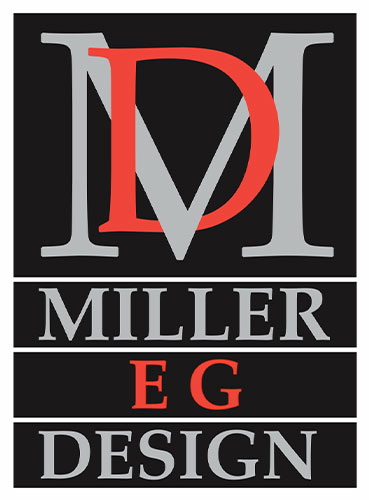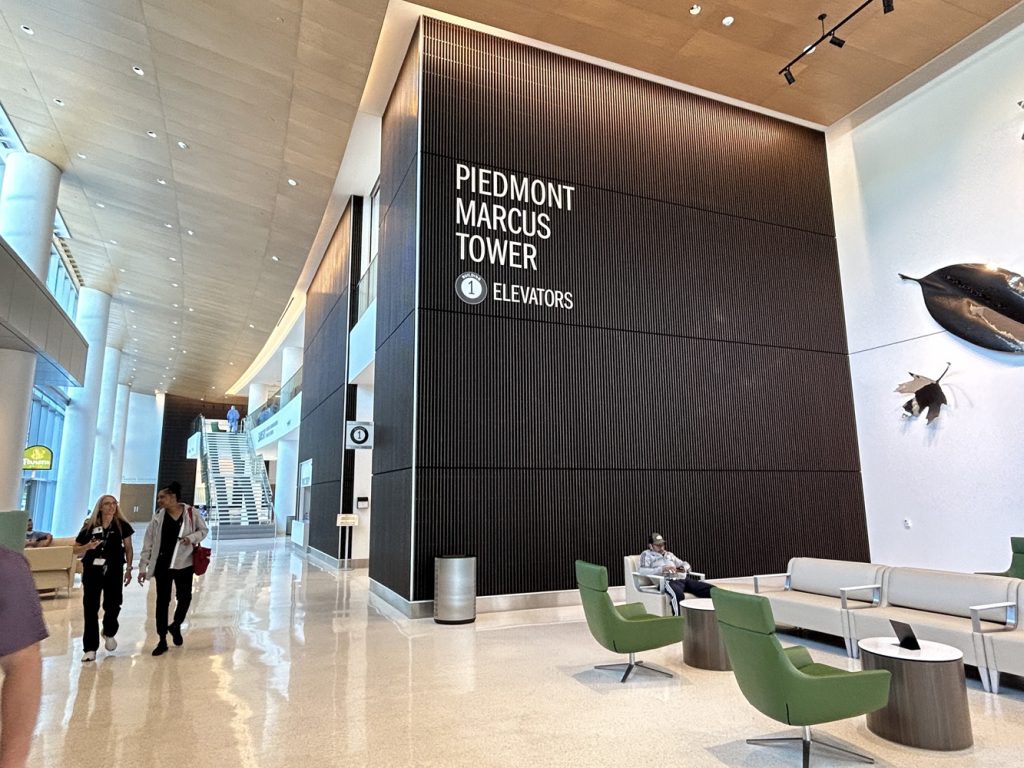The latest edition of “Spatial Design Review” takes readers inside the Piedmont Marcus Tower, where the wayfinding signage is not just informative but integral to the architectural experience.
Upon entering the tower’s lobby, visitors are greeted by an ambiance of light and space. The high ceilings and reflective floors amplify the natural light, creating an environment that is both inviting and functional. It is within this context that the wayfinding signage makes its mark.
The article highlights the bold and strategic placement of the elevator signage on a dark-toned wall—a decision that exemplifies best practices in wayfinding design. The choice of a bright white, sans-serif font starkly contrasts with the backdrop, ensuring that the sign is immediately legible from all entry points to the lobby.
This design element is a beacon for visitors, a guiding star in the vastness of modern architectural space. The clarity of the signage is a testament to the tower’s commitment to visitor orientation and movement.
Our piece delves into the nuances of the signage’s typography, the psychology behind the color contrast, and the subtle yet significant impact of ambient lighting on wayfinding visibility. Experts in environmental graphic design weigh in on the signage’s ability to communicate effectively without overwhelming the architectural aesthetics.
Beyond functionality, the lobby’s design incorporates elements of tranquility and artistry. The article features a discussion on the integration of art in wayfinding spaces, as exemplified by the striking fish sculptures that adorn the lobby wall. These artistic elements serve as waypoints in themselves, contributing to the narrative of the space while providing visual pauses in the journey through the building.
The seating area, furnished with contemporary chairs in calming greens and neutral tones, is highlighted as a space that complements the wayfinding strategy. It offers visitors a moment to rest and orient themselves, showcasing how furniture placement can support navigational cues.
“Spatial Design Review” speaks to designers, architects, and industry professionals, presenting a compelling case study of the Piedmont Marcus Tower. The article underscores the importance of wayfinding as a fundamental aspect of building design, demonstrating how it can be seamlessly woven into the fabric of the structure.

